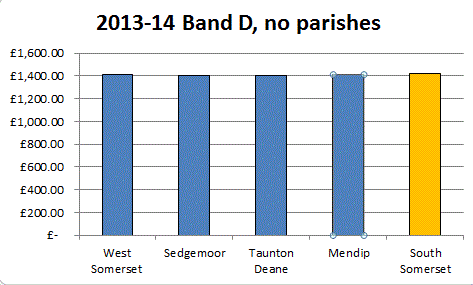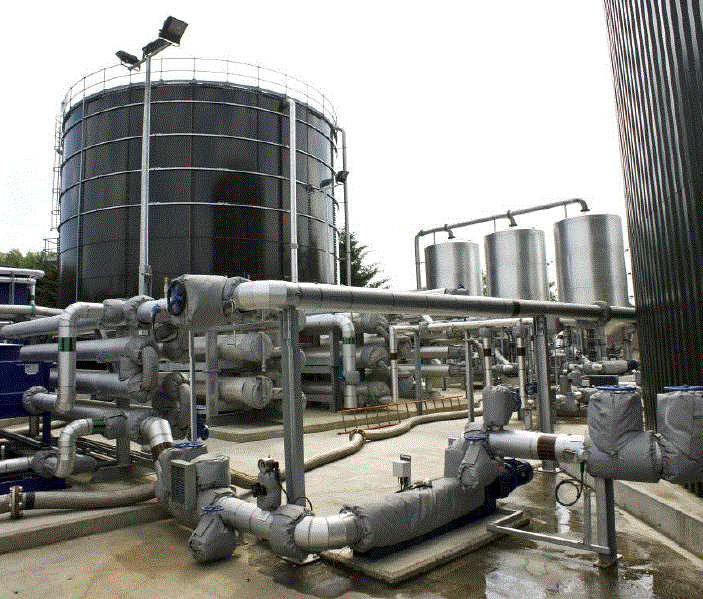I thought you might be interested in reading the response from DCLG which I received recently, especially once you know the back-story.
We had noticed that the business rates charged on retail units in Yeovil town centre were high, and very much higher than Peel Retail Park (just off the A30 towards Sherborne). This huge annual cost is putting businesses off moving to Yeovil. As an example this chart shows the current valuation for Vicarage Walk (the Quedam). I’ve deliberately hidden the specifics as this is highly commercially sensitive but, yes, one business actually pays more than £200,000 every year in property taxes !! (Not to SSDC, I hasten to add. We just collect it for the exchequer).
The way these are set is “odd” with different parts of the shop charged at different rates. For example, some parts of a large, well-established outlet are charged at £9,000 per square metre !!! Remember that it’s the larger unit which might be attractive to the national chains stores that shoppers want to see in the town centre.

The last review in 2010 was based on rental values from 2008 when rents were arguably at their peak, particularly true for the Quedam Centre. Since that time, premises left empty by failed businesses and movement to out of town sites has resulted in many larger units with high rateable values being almost impossible to re-let. Worse, the managers operating the property portfolio are given bonuses according to the value (or nominal rent) of the property, not the actual rent collected. That means it’s in their interests to keep pushing business costs up.
The Government’s announcement postponing the 2015 business rates revaluation until 2017 is incredibly bad news for Yeovil Town Centre. Although clearly there will be winners and losers, on balance the declining rental values in the high street means that businesses in these locations will now be paying the current level of business rates, based on unrealistic rent levels, for another four years.
In the light of all this, I spoke to Danny Alexander MP and to Don Foster MP earlier this year, asking them to take another look at the mechanism of setting rates from rents, if the latter were being inflated by managers. I also asked them to look at the “cliff edge” effect whereby in a small-medium town, out-of-town rates on large retail units were set so much lower than the High Street. The enquiry was passed on straight away, one of the advantages of talking directly to ministers.
The response seems to miss the point completely. As you will see, the Treasury feels it has done enough. Some specific relief for new-build shops and for hardship or last-man-standing businesses. I will keep at this but nothing good yet.
Peter
 A big team effort by councillors at Parish, District and County level has finally prevailed and we were able to secure proper enforceable parking restrictions that now mean the local roads function better during football matches. Buses run, traffic flows and children can see and be seen at junctions.
A big team effort by councillors at Parish, District and County level has finally prevailed and we were able to secure proper enforceable parking restrictions that now mean the local roads function better during football matches. Buses run, traffic flows and children can see and be seen at junctions.
 Four years ago,
Four years ago, 





